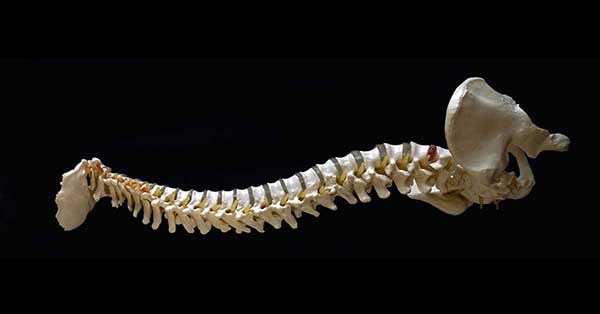Of all the amazing new developments in 3D printing, the advancements in the field of medicine are the most outstanding for obvious reasons. It seems like every week doctors and scientists are announcing new applications for this technology and with it, changing the lives of people suffering from complicated conditions. 3D printed surgical aides are being used more and more by doctors attempting difficult procedures and the results have been very positive.
3D print MySpine & MyKnee
Medacta is a joint and spine surgical product manufacturer that recently announced the successful completion of two spinal surgeries in the USA using its MySpine patient-matched surgical guides.
By using 3d scanning to reconstruct a precise digital replica of the patients spine and then using rapid 3D printing technology to fabricate the surgical guide, Medata intend to improve accuracy, efficiency and increase the chances of positive outcomes of difficult procedures. Medata’s MyKnee line of 3D printed surgical aides uses the very same technology and has already been implemented in over 15,000 successful knee surgeries.
Orthopedics This Week singled out MySpine as one of the best new technologies for spine care in 2014. The award is given to products that show innovative spine surgery uses by a panel of surgeons and venture capitalists who work closely with the spinal health care technology market.
For more in depth information on Medata’s great work, here is a link to a study in the Journal of Spinal Disorders and Techniques which details the clinical experience of MySpine.
3D printing used in face transplant surgery
The surgical team from the applied imaging science laboratory at Brigham and Women’s Hospital (BWH) have used 3D modeling technology to assist in a full facial transplant of a woman whose face was disfigured by an attack with an industrial-strength lye. Although we have seen 3D printed skulls used as surgical guides before, the team at BWH have gone that step further and developed a way to print soft tissue. This has allowed surgeon’s to better understand the state of the soft tissue at various stages of time.
Dr. Rybicki explained that bringing the 3D-printed models of the bones structure together with the soft tissue 3D printed into a single piece gives an unprecedented view of how the full transplant will fit. “With a second printed model of the bones of the skull, the soft tissues can be manipulated and studied like a mask.”




